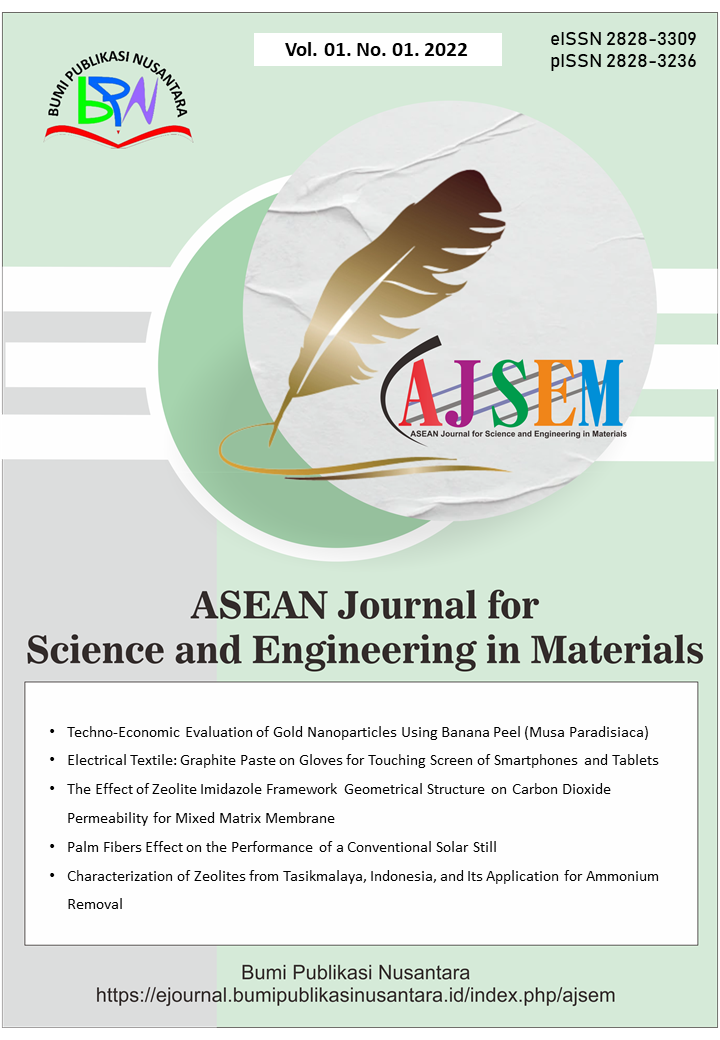Teaching concept of bio-battery material: Use of Sweet Potato Peels and Lime Juice Solution
 ), Muhammad Naufal Daffa(2), Shafwa Faza Nadhira(3), Alin Parliana Hotimah(4), Sri Anggraeni(5), Asep Bayu Dani Nandiyanto(6), Hadi Sudarjat(7),
), Muhammad Naufal Daffa(2), Shafwa Faza Nadhira(3), Alin Parliana Hotimah(4), Sri Anggraeni(5), Asep Bayu Dani Nandiyanto(6), Hadi Sudarjat(7),
(1) Universitas Pendidikan Indonesia
(2) Universitas Pendidikan Indonesia
(3) Universitas Pendidikan Indonesia
(4) Universitas Pendidikan Indonesia
(5) Universitas Pendidikan Indonesia
(6) Universitas Pendidikan Indonesia
(7) Virginia Commonwealth University
 Corresponding Author
Corresponding Author
Abstract
Keywords
References
Fauzia, S., Ashiddiqi, M. A. H., and Khotimah, A. W. I. K. (2019). Fruit and vegetables as a potential source of alternative electrical energy. Proceeding International Conference on Science and Engineering, 2, 161-167.
Muske, K. R., Nigh, C. W., and Weinstein, R. D. (2007). A lemon cell battery for high-power applications. Journal of chemical education, 84(4), 635.
Nupearachchi, C. N., Wickramasinghe, G. C., and Perera, V. P. S. (2017). Investigation of applicability of banana pith as electrolytic media for bio-batteries. Proceedings 15th Open University Research Sessions, Colombo, 509-512.
Shahzad, U. (2012). The need for renewable energy sources. Energy, 2, 16-18.
Thanrasu, K., and Ayyar, M. (2018).Carbon nanoparticles and natural electrolyte bio battery from waste leather. International Science and Technology Journal. 7(4). 58-63
Togibasa, O., Haryati, E., Dahlan, K., Ansanay, Y., Siregar, T., and Liling, M. N. (2019). Characterization of bio-battery from tropical almond paste. Journal of Physics: Conference Series, 1204(1), 012036. IOP Publishing.
Article Metrics
Abstract View : 2664 times
: 2664 times Download : 707 times
Download : 707 times
Refbacks
- There are currently no refbacks.
Copyright (c) 2022 Bumi Publikasi Nusantara

This work is licensed under a Creative Commons Attribution-ShareAlike 4.0 International License.









